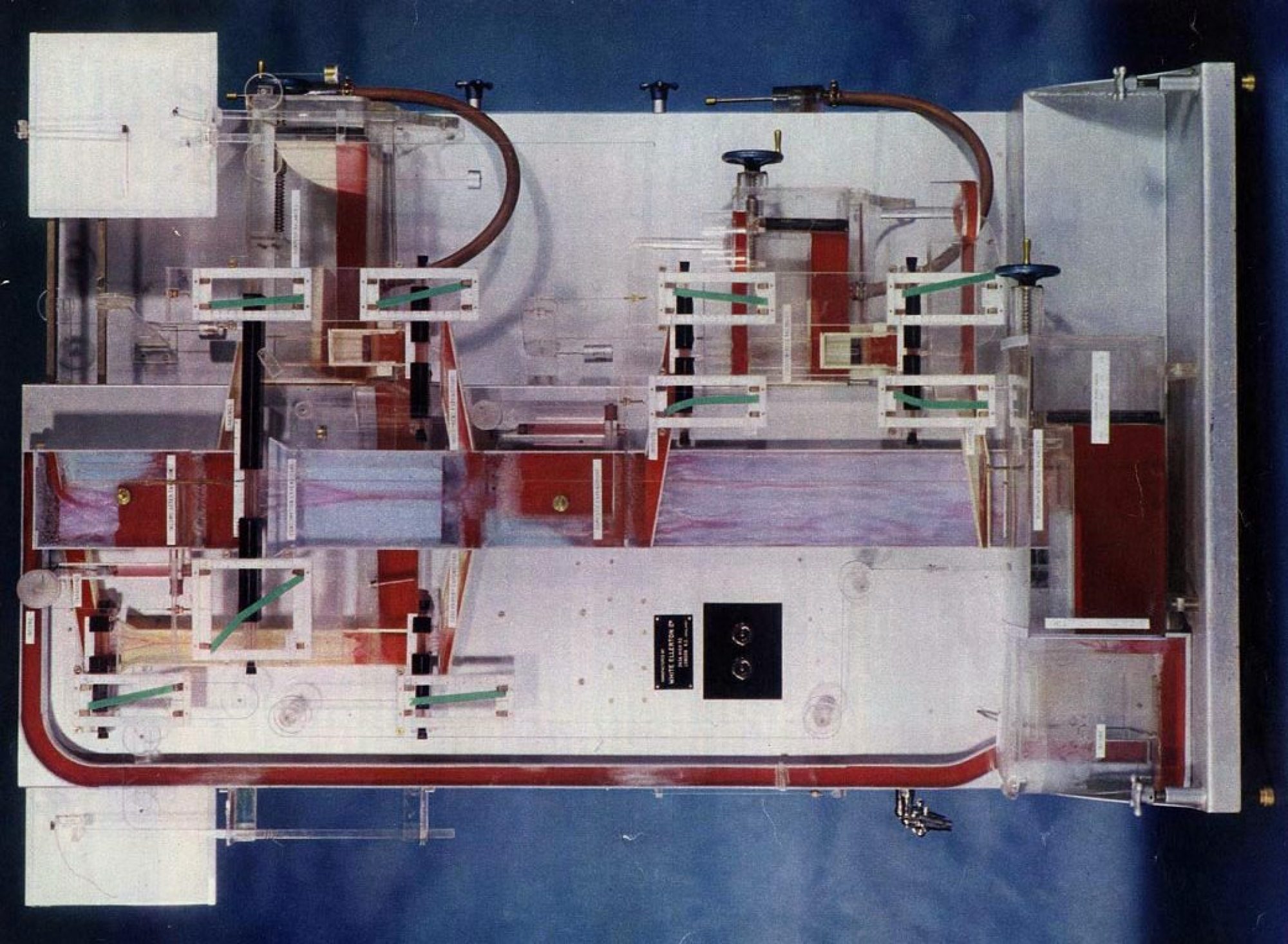First published: December 2015
The absolute and relative effectiveness of “monetary policy” and “fiscal policy” is a matter of intense debates. The prevailing views have evolved since the State and the Central Bank really started to use those instruments – 80 years ago.
From the Great Depression to the 70’s
The Great Depression is a landmark decade as the States in developed countries – for the first time explicitly in their history – used new tools to regulate the state of the macroeconomic equilibrium such as wage increase and government spending. From the 1950’s to the 1970’s, the State explicitly led full-employment policies using both fiscal and monetary policy.
On the academic/ideological side, keynesianist ideas are captured by the simple IS-LM framework: individuals consume a proportion of their current income Y and at first order independently from the interest rate. Investment is supposed to be a decreasing function of the interest rate. The equilibrium on the market for goods requires that that what is produced is either consumed by households or the State or invested, so that
Y=C+I+G
and finally the money market requires that money demand which is decreasing in the interest rate and increasing in output be equal to the exogenous money supply:
Regarding the relative effectiveness of the two instruments, the common wisdom was that the propensity to consume out of temporary increase in income was large, which implies a large macro multiplier from government spending, and that the elasticity of consumption and investment to the interest rate was very low. Overall the consensus was that fiscal policy was more effective than monetary policy to boost output in recession.
Friedman, Lucas and the rational expectations revolution
In the 1960 and 1970’s, Friedman criticized full-employment policies for their ineffectiveness. He mentioned the delays with which the State could react to the macroeconomic fluctuations and regarding the effectiveness of monetary policies he was supportive of a monetarist view of the economy according to which, in the long run, money is neutral and changes in monetary aggregates only translate into changes in the price level.
Lucas and the rational expectation expectations revolution that he led went further and has completely annihilated the regulationist view. Because people are assumed to be rational optimizers, forward-looking and to dislike variation in consumption over time, they smooth consumption over their life-time so that their marginal propensity to consume their current income is very low – about 4%, much lower than the one traditionally assumed in keynesian models.
Moreover the Ricardo-Barro equivalence result tells us that any change in the balance-sheet of the State is fully understood and internalized by private agent so that a decrease in taxes to boost aggregate demand is offset by an increase in saving by private agent who rationally anticipate future increases in taxes (the State is always satisfying its intertemporal budget constraint).
On the monetary policy side, the rational expectation assumption – as well as the flexible price assumption – implies that one cannot boost output by decreasing the interest rate or creating unexpected inflation. In a nutshell, the Phillips curve is a vertical line: the real side of the economy is unaffected by monetary variables.
Overall this view makes both instrument ineffective to regulate output fluctuations. But according to this view this ineffectiveness is not a problem, because fluctuations are efficient and the results of optimal response of agents to aggregate productivity shocks!
The New Keynesian View
Three main assumptions are at the core of the new classical revolution: rational optimization, rational expectation and flexible prices. In the 1980-1990’s, many economsts dissatisfied with the neoclassical view brought back the idea of inefficient fluctations by relaxing the assumption of flexible prices and allowing for sticky prices. Because prices and wages are sticky, a decrease in aggregate demand led by a contractionary monetary policy has an effect in the short run because agent cannot straight-away decrease their price/wages.
This view justifies a role for monetary policy in the regulation of the macroeconomic fluctuations in the short run. Those models constitute the formal justification and the tools of most monetary authorities and policies in the world until today.
Monetary policy in these frameworks is, most of the time, a strictly better instrument than fiscal policies. This is because these models break neither from he Ricardian equivalence, nor from the very low marginal propensity to consume out of temporary increase in income. Fiscal cannot have a boosting effect, and it is mostly harmful because wasteful.
These views are changing as I will explain in a future blog post.
